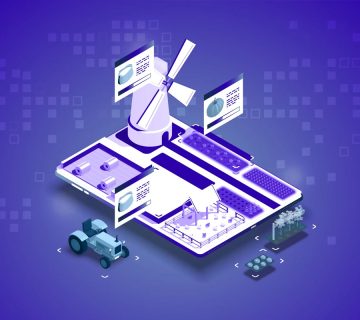Cloud technology has revolutionized how organizations procure and utilize IT resources. By leveraging the scale and automation of massive data centers, cloud platforms deliver many compelling advantages over on-premise infrastructure. Let’s explore the key concepts of cloud computing.
What is Cloud Computing?
The basic premise is using remote servers and software over the internet rather than physical resources locally managed. Instead of large upfront capital costs, you pay consistently low operational expenses based on actual usage. Resources can scale up or down elastically on demand and access follows users globally through any internet-enabled device.
Cloud Service Models
There are three main service models within cloud platforms:
Infrastructure as a Service (IaaS) – Provides on-demand access to processing, storage, networking, and other fundamental computing resources. You deploy and manage OSs, middleware, and apps.
Platform as a Service (PaaS) – Offers development environments and hosted services for building cloud-native apps without infrastructure maintenance. App deployment is handled by the provider.
Software as a Service (SaaS) – Delivers completed applications through a simple subscription, eliminating procurement delays. Users access standardized functionality through a client such as a browser.
Benefits of Cloud Computing
The main rewards focus on agility, scalability, savings, and strategic opportunities:
Rapidly deploy resources and scale usage up/down as needed without procurement delays or overprovisioning costs.
Significant CapEx becomes flexible OpEx easily aligned to business demands through utility-based charging.
Global accessibility supporting distributed/hybrid workforces and customers worldwide.
Automatically take advantage of innovations through provider version upgrades.
Leverage cloud efficiencies and tools to focus internal efforts on core strengths rather than infrastructure management.
Extract actionable insights from the big data processing power of cloud platforms.
Why Migrate to the Cloud?
Most organizations are prime candidates to realize these benefits by transitioning workloads away from aging on-prem systems over time. Common drivers include:
Refreshing outdated hardware past end-of-support approaching reliability issues.
Burdensome costs of facilities, power, and cooling for physical servers can triple TCO over five years versus cloud.
Difficulty scaling legacy infra to meet unpredictable traffic spikes or sudden growth.
Gaining speed, agility, and features through cloud-native architectures.
Building disaster recovery capabilities without CapEx outlay.
Managed Cloud Services
To maximize potential while avoiding skills gaps, offloading some cloud operations through managed services achieves the best of both worlds. We provide monitoring, optimizations, security tuning, and more through specialty support packages tailored to client environments and SLAs. Rely on experts for daily operations while focusing internal teams on strategic differentiation.
Let’s Discuss Your Cloud Strategy
With so many clear benefits to businesses of all sizes, cloud adoption is no longer a matter of “if” but “when and how.” IT Consulting Inc. can help craft comprehensive migration roadmaps aligned to your unique operational needs, budgets, and timelines. Contact us to get the process started.




No comment